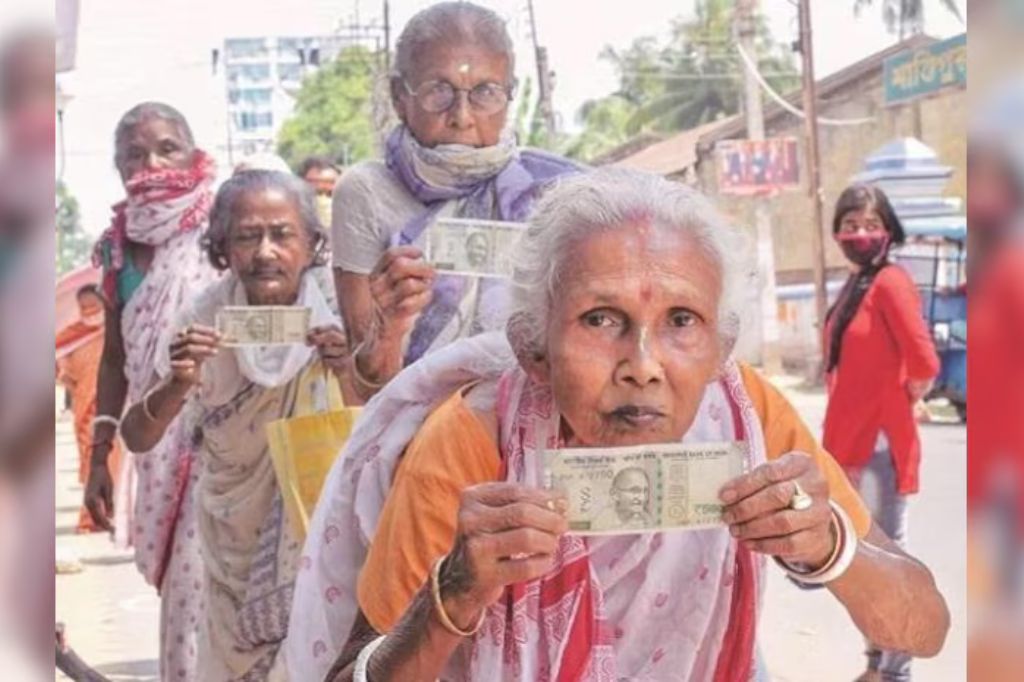India’s Direct Benefit Transfer (DBT) system, launched in 2013, has transformed the nation’s welfare distribution, establishing an international standard for both efficiency and inclusiveness.
In a recent report, Bluecraft has evaluated the significant changes brought about by DBT over the last ten years (2009-2024), showcasing a number of remarkable accomplishments.
DBT has significantly minimized leakages, resulting in cumulative savings of Rs 3.48 lakh crore and effectively addressing the misuse of funds that once affected welfare programs.
Utilizing Aadhaar-linked authentication and advanced technology, the Direct Benefit Transfer (DBT) system has successfully eradicated ghost beneficiaries, guaranteeing that subsidies are directed to those who truly require assistance.
In the last 15 years, India’s welfare budgets have dramatically increased, growing from Rs 2.1 lakh crore in 2009-10 to Rs 8.5 lakh crore in 2023-24. However, even with this budget expansion, the proportion of funds designated for subsidies has decreased significantly, dropping from 16 percent to nine percent.







